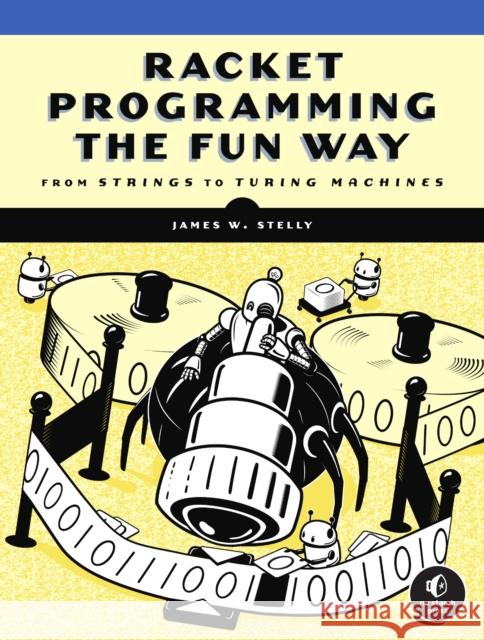Racket Programming the Fun Way: From Strings to Turing Machines » książka
topmenu
Racket Programming the Fun Way: From Strings to Turing Machines
ISBN-13: 9781718500822 / Angielski / Miękka / 2021 / 360 str.
Racket Programming the Fun Way: From Strings to Turing Machines
ISBN-13: 9781718500822 / Angielski / Miękka / 2021 / 360 str.
cena 242,07 zł
(netto: 230,54 VAT: 5%)
Najniższa cena z 30 dni: 242,07 zł
(netto: 230,54 VAT: 5%)
Najniższa cena z 30 dni: 242,07 zł
Termin realizacji zamówienia:
ok. 8-10 dni roboczych
Bez gwarancji dostawy przed świętami
ok. 8-10 dni roboczych
Bez gwarancji dostawy przed świętami
Darmowa dostawa!
Kategorie:
Kategorie BISAC:
Wydawca:
No Starch Press,US
Język:
Angielski
ISBN-13:
9781718500822
Rok wydania:
2021
Ilość stron:
360
Waga:
0.68 kg
Wymiary:
23.37 x 17.78 x 2.03
Oprawa:
Miękka
Wolumenów:
01
Dodatkowe informacje:
Bibliografia
Wydanie ilustrowane
Wydanie ilustrowane











